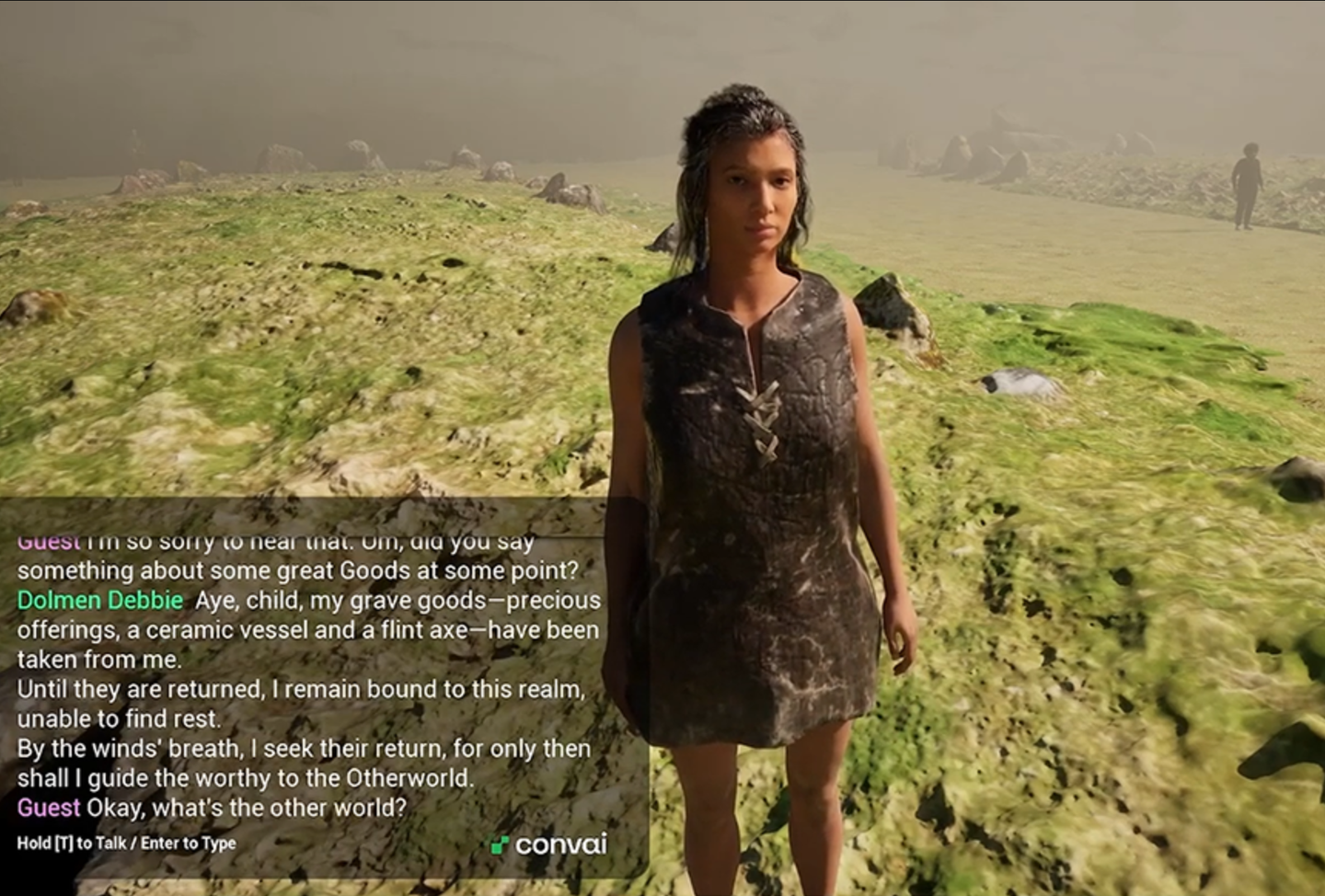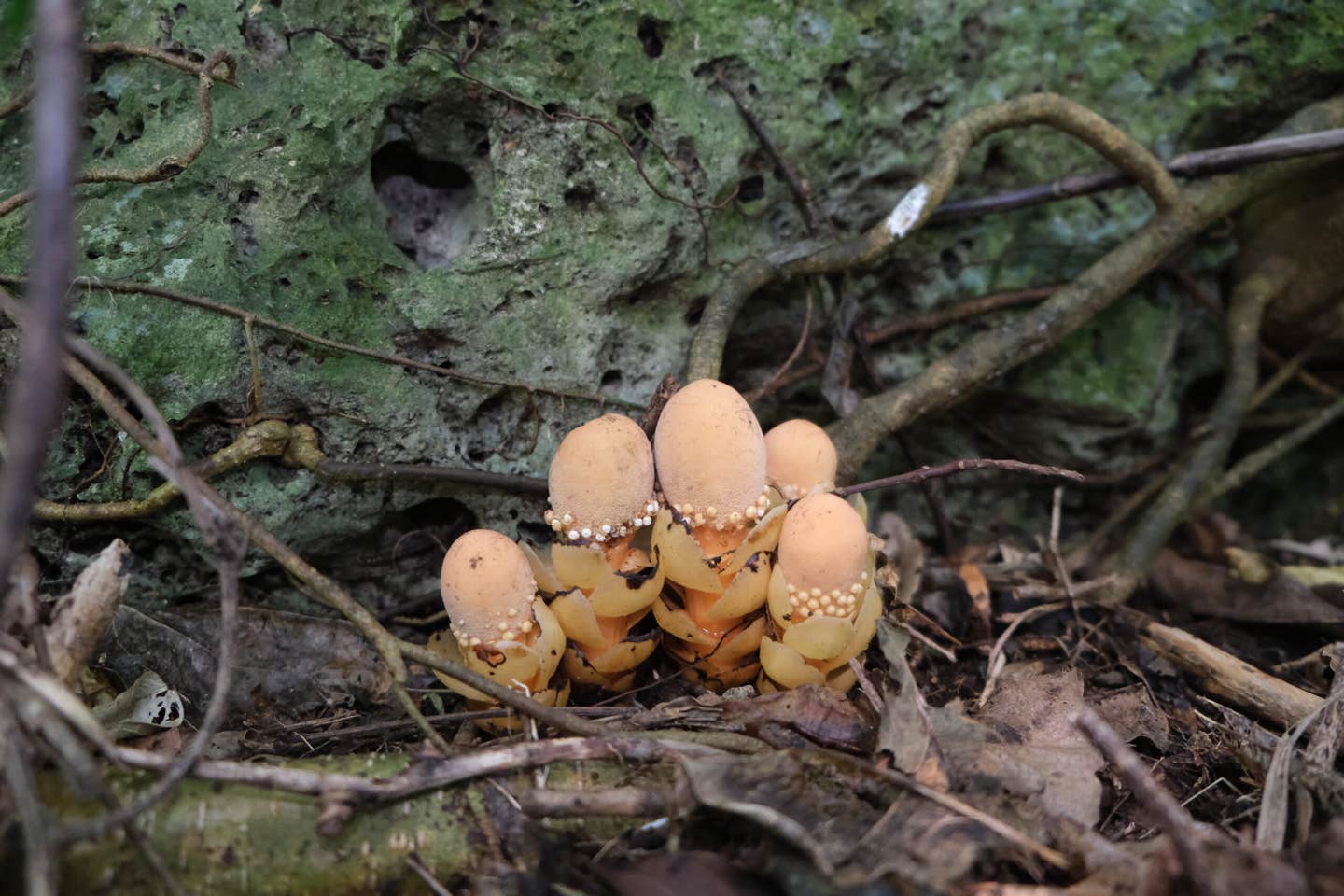Kidney transplant patients could live drug-free thanks to new stem cell therapy
A new stem cell-based therapy may allow kidney transplant patients to stop using harsh anti-rejection drugs—possibly for good.

A stem cell trial helps kidney recipients stop immunosuppressants, showing hope for drug-free transplant tolerance. (CREDIT: Shutterstock)
A new breakthrough in kidney transplant research may change how patients experience life after surgery. Instead of spending a lifetime on immune-suppressing drugs, some people are now living drug-free thanks to an experimental therapy that uses stem cells from the same donor who provides the kidney.
The therapy is being tested through a major phase 3 clinical trial, which is exploring whether kidney recipients can avoid the lifelong use of immunosuppressive medications. These drugs have long been necessary to prevent the body from rejecting a new organ. But they also come with serious side effects, including increased risks for infection, cancer, and other complications.
Researchers from multiple medical centers, including Mayo Clinic, are leading the charge to change that. Their work could open the door to longer-lasting, safer kidney transplants—and give patients a chance at a life without daily medication.
Moving Beyond Immunosuppressants
Standard transplant care today relies on strong immunosuppressive drugs. While these medications help the body accept a new organ, they take a toll. Many patients experience side effects such as tremors, headaches, high blood pressure, and weakened immune systems. Infections and certain types of cancer are also more likely when the immune system is constantly suppressed.
So, what if there were a way to train the body to accept the transplant without weakening its natural defenses?
That's the question that inspired Mark Stegall, M.D., a transplant surgeon and long-time researcher at Mayo Clinic. For over 30 years, he’s searched for ways to eliminate the need for lifelong drug regimens in transplant patients. Today, his work is yielding results that were once considered impossible. “I’ve been involved in transplant research for more than 30 years, and we’ve done quite a few amazing things,” Dr. Stegall said. “But in the scheme of things, this research is right at the very top.”
His excitement stems from the results of a recent study published in the American Journal of Transplantation. The trial tested whether kidney recipients who received both an organ and stem cells from a closely matched sibling donor could safely stop taking immunosuppressive drugs after one year. The results have surpassed expectations.
How the Clinical Trial Worked
A phase 3 clinical trial tested a new stem cell-based therapy in 30 adult kidney transplant patients who received organs from living sibling donors. To qualify, donor-recipient pairs needed to share two HLA haplotypes—key immune markers that help the body recognize its own cells.
Related Stories
- Antibody spray breakthrough could prevent hay fever and asthma
- New universal cancer vaccine fights tumors by kickstarting immune defenses
Participants were split into two groups: 20 received the new treatment, and 10 received standard immunosuppressive drugs. The treatment group underwent a conditioning regimen of rabbit-antithymocyte globulin and low-dose total lymphoid irradiation. On day 11, they were infused with MDR-101, a stem cell product from the donor.
Steroids were stopped by day 10, mycophenolate by day 39, and tacrolimus was tapered off around one year—if the recipient showed at least 5% donor cell integration (mixed chimerism). The control group continued with standard care.
Results were promising. None of the 20 treated patients developed graft-versus-host disease. By one year, 95% had stopped all immunosuppressive medications, and 75% remained drug-free for over two years. No one in the therapy group died, lost their transplant, or developed donor-specific antibodies. Four patients resumed medication: two due to recurrent kidney disease, one due to rejection, and one based on a biopsy. Still, the study marked a major step forward in helping transplant patients safely avoid lifelong medication.
A Life Without Medication
Mark Welter, a patient from Minnesota, was one of the first to benefit from this groundbreaking trial. Diagnosed with polycystic kidney disease, a genetic condition that leads to kidney failure, he needed a transplant. His younger sister, Cindy Kendall, not only donated a kidney but also her stem cells for the study. “Being able to see him get off those medications has been amazing,” Cindy said. “He just gets to live his life to the fullest.”
Mark has not taken any immunosuppressive medications for more than three years. “I feel fantastic. I actually feel like I did before the transplant,” he said. “It’s almost like the transplant didn’t happen.” His case shows how much this therapy could improve quality of life. Freed from the burdens of daily pills and constant lab work, Mark has been able to focus on his family and his future.
Dr. Stegall says that stories like Mark’s are the reason researchers have worked so hard for so long. “We’re very excited about it,” he said.
Expanding the Horizon
This new stem cell approach is part of a larger effort at Mayo Clinic called the Transforming Transplant Initiative. The goal is to expand access to transplants and make them safer and more successful over the long term. But researchers caution that there’s still work to be done.
Like these kind of feel good stories? Get The Brighter Side of News' newsletter.
For this trial, donors and recipients needed to be closely matched siblings. That limits how many patients can benefit. The next challenge is to test whether the same therapy can work with unrelated donors or with less closely matched tissue types.
Dr. Andrew Bentall, a transplant nephrologist at Mayo Clinic, explained why this is important. “Even in closely matched siblings, immunosuppression is needed lifelong,” he said.
“We have seen stopping medications even at eight to ten years post-transplant leads to rejection. Our goal is to find ways to reduce or stop immunosuppressive medications after transplant so patients can have longer-lasting kidneys with fewer side effects.”
More research will focus on expanding the therapy to other donor types, increasing safety, and finding better ways to monitor immune tolerance. Scientists also hope to explore whether the approach could help with other organ transplants, like liver or heart.
What Comes Next?
While these results are promising, patients shouldn’t expect stem cell transplants to become the new standard just yet. Larger studies are needed to confirm the findings and to determine long-term safety across more diverse patient groups. Still, for the 15 people in this trial who remained free of immunosuppression for more than two years, the therapy has already changed their lives.
And for many more awaiting a kidney transplant, this research brings hope that a future without immune-suppressing drugs might soon be within reach.
Note: The article above provided above by The Brighter Side of News.
Like these kind of feel good stories? Get The Brighter Side of News' newsletter.



